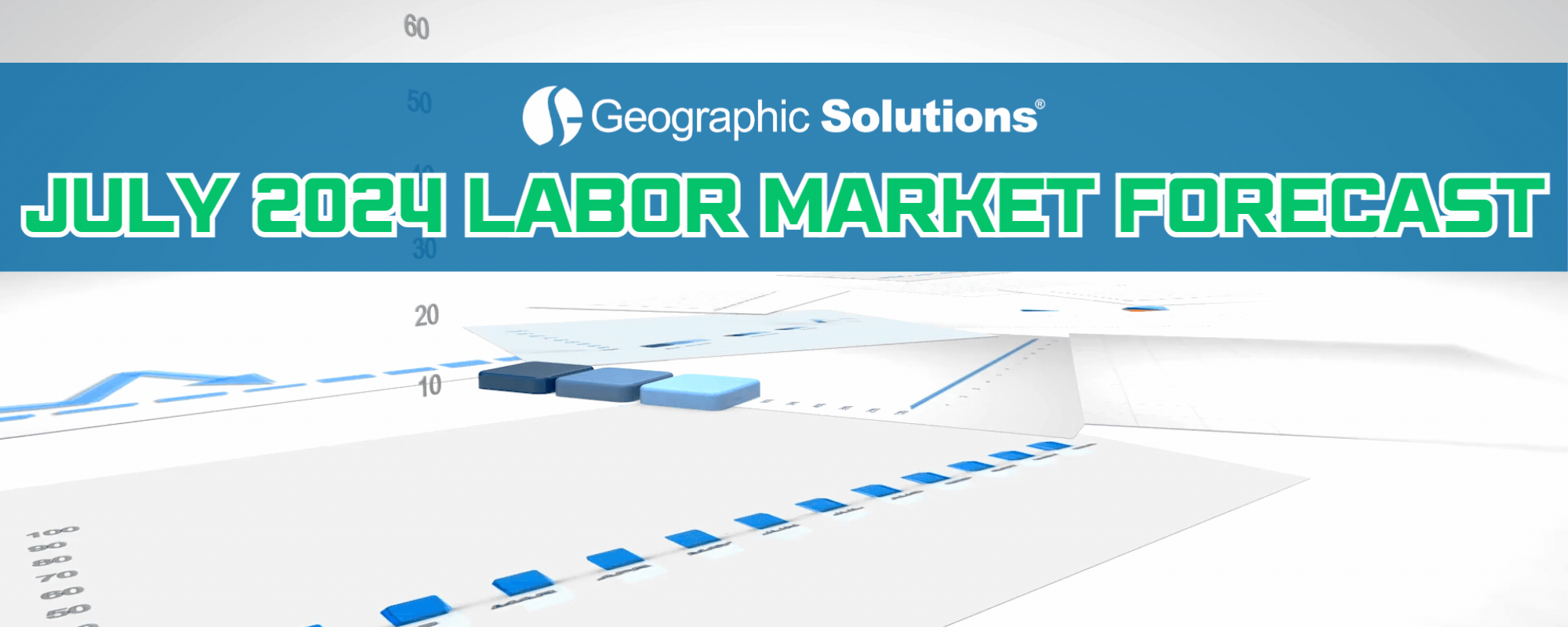
U.S. employment is expected to increase by 213,000 jobs in July
KEY TAKEAWAY: Employment in the U.S. is projected to have risen in July 2024 by 213,000 jobs while the unemployment rate is expected to remain at 4.1%
-1.png?width=1000&height=150&name=LABOR%20MARKET%20OVERVIEW%20(1)-1.png)

.gif?width=1200&length=1200&name=Econ%20Corner%20%20-%20July%202024%20(1).gif)
.gif?width=1200&length=1200&name=Econ%20Corner%20%20-%20July%202024%20(2).gif)
.gif?width=1200&length=1200&name=Econ%20Corner%20%20-%20July%202024%20(4).gif)
-1.gif?width=1200&length=1200&name=Econ%20Corner%20%20-%20July%202024%20(3)-1.gif)
Employment
- Our Expectations: We have been anticipating that elevated interest rates and slowing consumer activity would start to take hold in the labor market over the next several months - effectively slowing down job growth. June’s somewhat diminished job creation is the latest sign that pattern has arrived. The three months ending in June saw the lowest job creation of any other period since the end of 2020. We expect July’s jobs numbers to barely keep pace with the previous month.
- Diving in: Despite the decent headline jobs numbers, a major red flag for job growth from the June report was the heavy loss in temporary employment. Movement in temporary jobs is often a sign of where the labor market is headed. In this case, companies may be shedding temporary workers while trying to avoid major layoffs of full-time employees. If financial conditions deteriorate for these employers, they might resort to laying off their permanent employees as well. Another concern is Private Education & Health Services and Government have been a major driver of employment expansion over the last year and the result of increased government spending that is temporary.
Unemployment Outlook
- Here's the Scoop: The U-6 unemployment rate, which includes discouraged, underemployed, and unemployed workers in the country, stayed at 7.4% in June. One the other hand, the U-3 unemployment rate, which indicates only the number of unemployed people actively seeking a job, rose to 4.1%.
- What Does This Mean?: The increase in the U-3 unemployment rate, along with a rising labor force participation rate, sends somewhat conflicting messages on the labor market. On the one hand, a rising labor force participation rate suggests that people are encouraged about their employment potential, but on the other hand, the higher unemployment rate is a sign that those people have not yet found jobs.
Key Indicators
- What We're Watching: The factors determining the predicted job creation and unemployment rate are below. They include the number of monthly job openings, average job salaries, job searchers, and the number of unemployment claims applications. This data from Geographic Solutions' (GSI), during the July survey period, shows the following:
- The number of job openings in:
- Enterprise Management declined by 29.9%
- Public Sector increased by 17.3%
- Enterprise Management declined by 29.9%
- The average job salary in:
- Public Sector increased by 9.2%
- Transportation & Warehousing increased by 4.9%
- Wholesale Trade increased by 4.4%
- The number of job searchers did not change
- The number of unemployment applications processed by Geographic Solutions' software declined by 16.4%
Analyzing these figures helps to paint a clearer picture of what to expect from the upcoming labor market report. Based on the numbers we can expect to see a labor market in July keeping pace with previous months this year. - The number of job openings in:
Employment & Unemployment Forecast
.png?width=850&height=85&name=Labor%20Market%20Overview%20-%20Charcoal%20(2).png)
Yes. Although job growth will be slow, recent employment gains coupled with an uptick in labor force participation rate seem to be enough to maintain positive forward momentum.
The large job growth seen over the last year gives the Federal Reserve room to maintain or raise rates without pushing the economy into a recession.
The labor market may give the appearance of being tight to some, but here's why it's not. Typically a tight labor market means that the unemployment rate maintains a low rate after a period of decline, job growth slows, and wage growth picks up. Recent growth in jobs contradicts that we're in a tight labor market.
Geographic Solutions derives its employment forecast and unemployment rate forecast from internal data on the number of job openings, searchers, and employment and unemployment applications filed on Geographic Solutions' state client sites. The forecast uses unemployment claims data from the U.S. Department of Labor (USDOL).
.gif)

Are you enjoying Phillip Sprehe’s insights and analysis? Interested in having him speak or provide content for podcast, television, internet, or other mediums? Please email us using this form.
